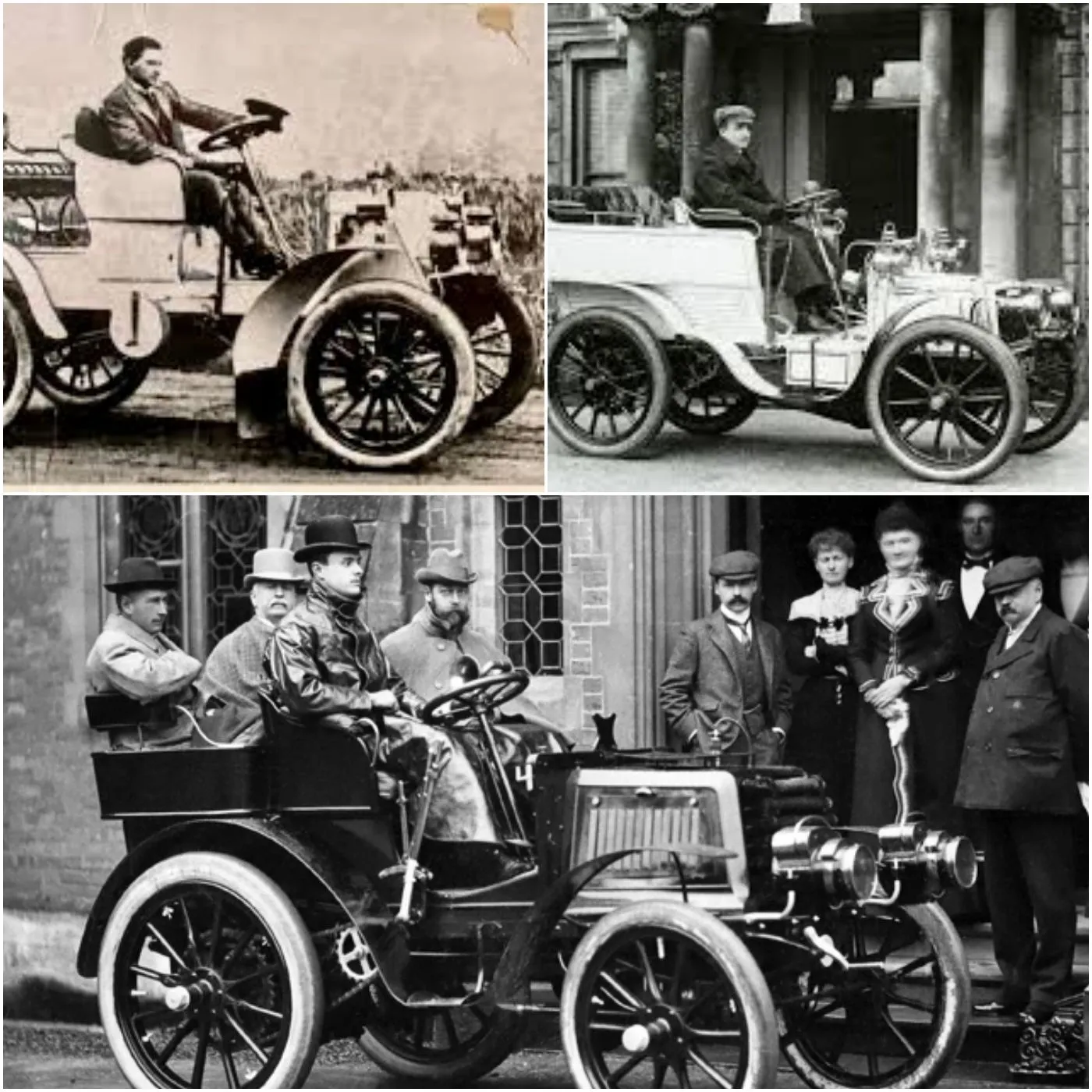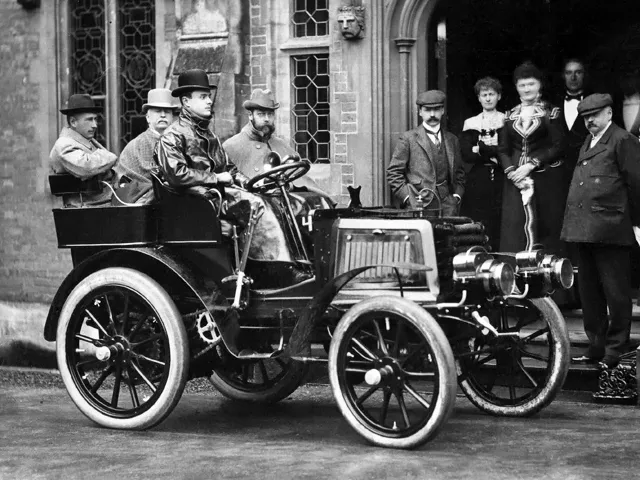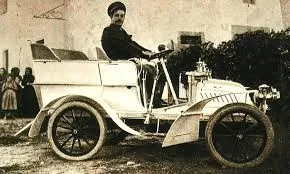Rolls-Royce and Bentley: The Story of Two Automotive Icons.

Rolls-Royce and Bentley, two of the most prestigious names in the automotive world, have a storied history marked by collaboration, rivalry, and separation. Their journey from unified excellence to distinct identities has shaped the luxury car market and left an indelible mark on the industry.
The origins of Rolls-Royce and Bentley are rooted in early 20th-century Britain. Rolls-Royce was founded in 1906 by Charles Rolls and Henry Royce, quickly establishing a reputation for unrivaled engineering and luxury. Bentley, founded by W.O. Bentley in 1919, became known for its high-performance vehicles and racing prowess, particularly its victories at the Le Mans 24 Hours.
In 1931, amidst economic difficulties, Bentley was acquired by Rolls-Royce. The merger was a strategic move that allowed Rolls-Royce to consolidate its position in the luxury market and ensure Bentley’s survival. Under Rolls-Royce’s ownership, Bentley cars became more luxurious and refined, often sharing components and platforms with Rolls-Royce models, but maintaining a sportier character.
For several decades, Rolls-Royce and Bentley flourished together. The Silver Cloud and the Phantom series from Rolls-Royce, alongside Bentley’s S Series and Continental models, exemplified the pinnacle of luxury and performance. Both brands became synonymous with elegance, craftsmanship, and prestige, attracting royalty, celebrities, and wealthy enthusiasts worldwide.
The 1990s brought significant changes for Rolls-Royce and Bentley. In 1998, Vickers, the then-owner of Rolls-Royce Motors, decided to sell the company. The bidding war that ensued saw Volkswagen Group acquiring Bentley, while BMW secured the rights to the Rolls-Royce brand and name. This separation marked the end of an era and the beginning of a new chapter for both marques.

Under Volkswagen’s ownership, Bentley focused on blending its traditional craftsmanship with modern technology and performance. Models like the Continental GT and Bentayga SUV have expanded Bentley’s appeal, combining luxury with contemporary design and engineering.
BMW, on the other hand, revitalized Rolls-Royce, emphasizing unparalleled luxury and bespoke customization. The Phantom, Ghost, and Cullinan SUV epitomize Rolls-Royce’s commitment to providing the ultimate in automotive opulence and personalization.
Despite their separation, Rolls-Royce and Bentley continue to symbolize the epitome of automotive luxury. Their histories are intertwined, yet each brand has carved out a unique identity in the modern era. Rolls-Royce remains the benchmark for bespoke luxury, while Bentley stands out for its blend of performance and elegance.
As they move into the future, both brands are embracing advancements in electric mobility and sustainability, ensuring that their legacy of excellence continues in a rapidly changing automotive landscape. The story of Rolls-Royce and Bentley is a testament to their enduring appeal and the dynamic evolution of the luxury car market.
In conclusion, Rolls-Royce and Bentley’s journey from unity to separation has been marked by triumphs and transformations. Their rich heritage and forward-thinking innovations ensure that these automotive icons will remain at the forefront of luxury motoring for generations to come.





